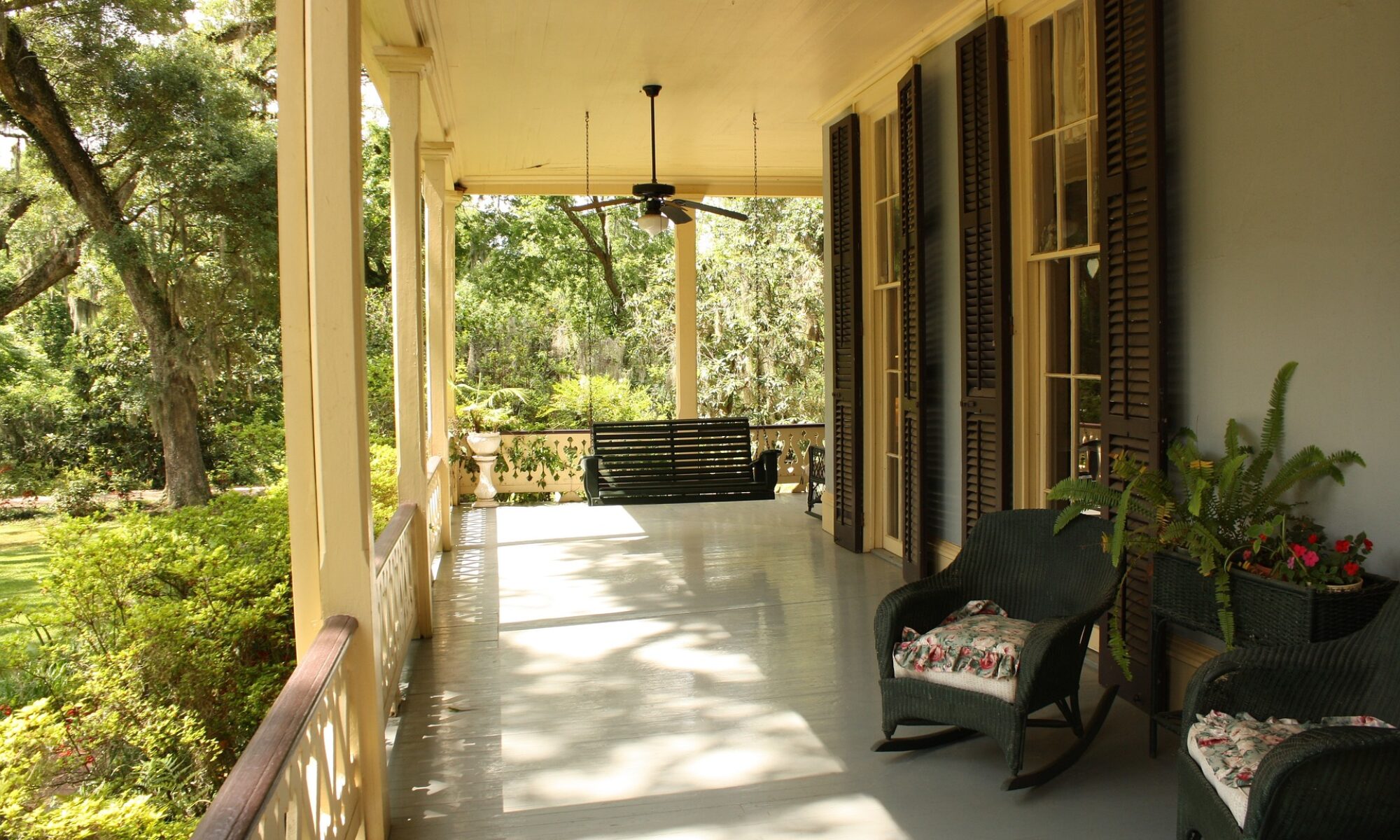Even with all the attention urban infill has been getting lately, it’s surprisingly difficult to get a clear and concise explanation of it. Here’s Portland’s urban infill issue painted in broad strokes:
- We have a regional government council called Oregon Metro that protects Portland’s surrounding farmland, forests and municipal boundaries with an Urban Growth Boundary.
- This Urban Growth Boundary prevents urban sprawl into protected areas.
- Builders can’t level land and construct endless concrete commuter communities out toward the horizon.
- Despite the Urban Growth Boundary’s gentle expansion , there are more Portlanders arriving every day and they need places to live.
- So builders are buying where they can, tearing down homes, repurposing other buildings and sub-dividing lots into multiple properties.
Thus, urban areas are being filled-in with new construction. This often causes uproar due to the loss of familiar neighborhood landmarks, its added stress on urban services and an increase in traffic congestion.
In Portland, the most recent and loudest outcries have come when builders tear down something old and familiar to hammer together a structure that some neighbors perceive as out of place.
But not all builders are mustache-twirling profiteering villains. Some take great care to design homes that share the aesthetic of the neighborhood, offering modern amenities in a style meant to preserve the community’s charm. Others strive to design and build modern structures to reflect today’s tastes and energy-efficient systems.
The bottom line is there will always be a degree of public outcry whenever something new replaces the long familiar. In an ideal world, we would be able to increase density without controversy. As it is now, with Portland’s regional governance calling the shots via the Urban Growth Boundary, we’ve quite literally elected for urban infill over urban sprawl.
In the absence of a perfect population density solution, you’re unlikely to hear the last of urban infill outcry anytime soon. Headlines aside, when it comes time to purchase a home, you can either support the traditional, embrace the new or seek out a hybrid of the two.
